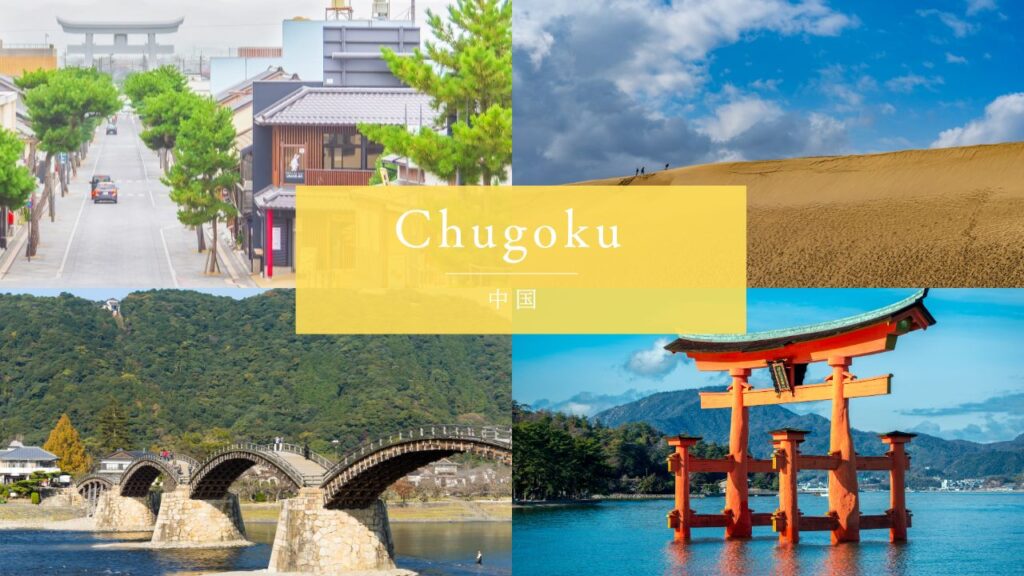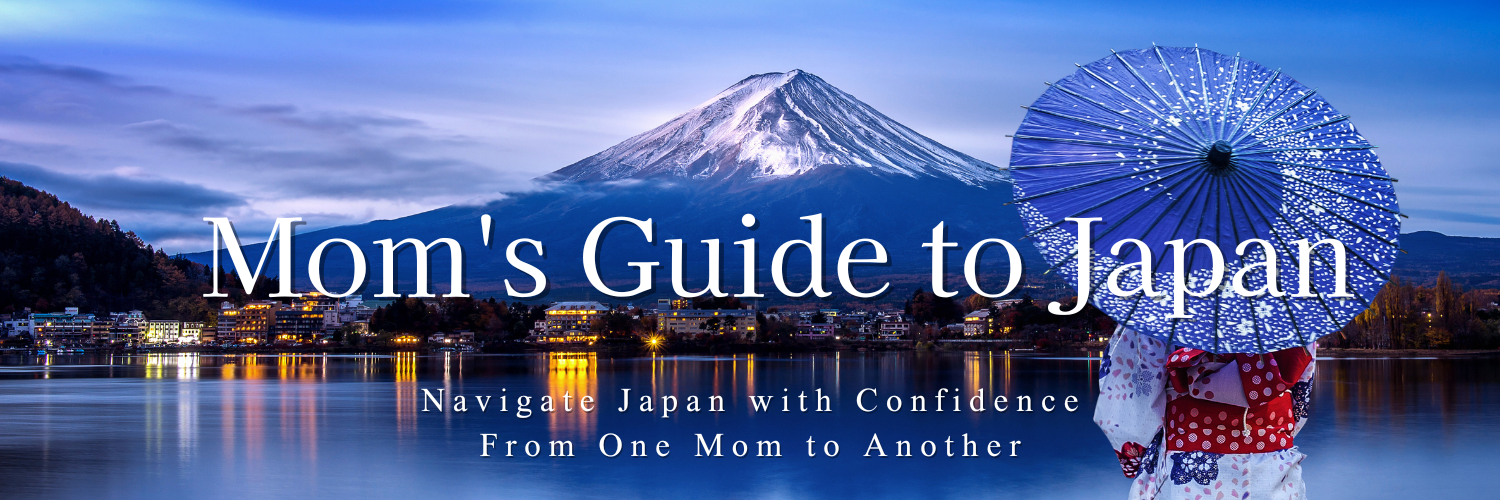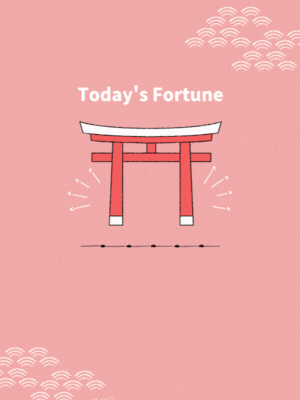Where History and Nature Harmonize in Japan’s Ancient Origins

The tourism prefectures in the Chugoku region are Hiroshima, Okayama, Tottori, Shimane, and Yamaguchi – five prefectures in total.
These prefectures are attractive for their rich nature, history, and foWhere History and Nature Harmonize in Japan’s Ancient Origins
Hiroshima
Hiroshima symbolizes peace and resilience while offering profound historical experiences and natural beauty.
The Peace Memorial Park and Atomic Bomb Dome stand as powerful reminders of the city’s past and its peace message.
Offshore, Miyajima Island features the iconic “floating” torii gate of Itsukushima Shrine.
The city is known for culinary specialties like Hiroshima-style okonomiyaki and fresh oysters, while the surrounding region offers attractions such as Sandankyo Gorge and historic Onomichi.
Okayama
Okayama combines cultural refinement with agricultural abundance. Okayama Korakuen Garden ranks among Japan’s three most beautiful landscape gardens, complemented by the striking black “Crow Castle” nearby.
The Kurashiki Bikan Historical Quarter preserves a picturesque canal district lined with white-walled storehouses.
The prefecture is famous for producing white peaches and muscat grapes, and as the setting for the Momotaro folklore. Other attractions include Kibitsu Shrine and the art islands of the Seto Inland Sea.
Tottori
Japan’s least populous prefecture offers dramatic natural landscapes.
The Tottori Sand Dunes create Japan’s only large-scale desert landscape along the Sea of Japan coast.
The Uradome Coast features weathered rock formations and hidden beaches within the San’in Kaigan UNESCO Global Geopark.
Mount Daisen provides hiking trails and historic temples.
The prefecture celebrates manga culture through Mizuki Shigeru Road in Sakaiminato, while other attractions include Mitokusan Sanbutsuji Temple and traditional hot springs.
Shimane
Shimane embodies Japan’s mystical heart, where mythology and history intertwine.
Izumo Taisha Grand Shrine, one of Japan’s oldest Shinto shrines, serves as the gathering place for all deities during the tenth lunar month.
The Adachi Museum of Art combines exceptional paintings with Japan’s most celebrated garden. The UNESCO-listed Iwami Ginzan Silver Mine preserves the ecological balance of a historic mining town.
Other highlights include the Oki Islands, Matsue Castle, and sites connected to Japan’s creation myths.
Yamaguchi
At Honshu’s western tip, Yamaguchi blends natural beauty with historical significance. The five-arched Kintaikyo Bridge showcases traditional wooden engineering.
Tsunoshima Island offers pristine beaches connected by a scenic bridge.
Akiyoshido Cave features spectacular limestone formations. The prefecture was crucial to Japan’s modernization, with historic sites like Hagi’s samurai quarter and the Shoka Sonjuku Academy.
Other attractions include Motonosumi Shrine’s dramatic torii gates and various hot springs.
The Appeal of the Chugoku Region
Chugoku offers a journey through Japanese history from ancient mythology to modern transformation against diverse natural landscapes.
This less-traveled region presents profound historical significance from ancient Shinto shrines to Hiroshima’s peace memorials.
Natural diversity spans from the rugged Sea of Japan coast to the calm Seto Inland Sea, with mountainous interiors creating distinct cultural traditions.
The region’s location facilitated cultural exchange with continental Asia, resulting in unique artistic and culinary influences.
Visitors can experience authentic countryside hospitality in hot springs, remote islands, and historic villages where traditional ways continue alongside modern developments.


